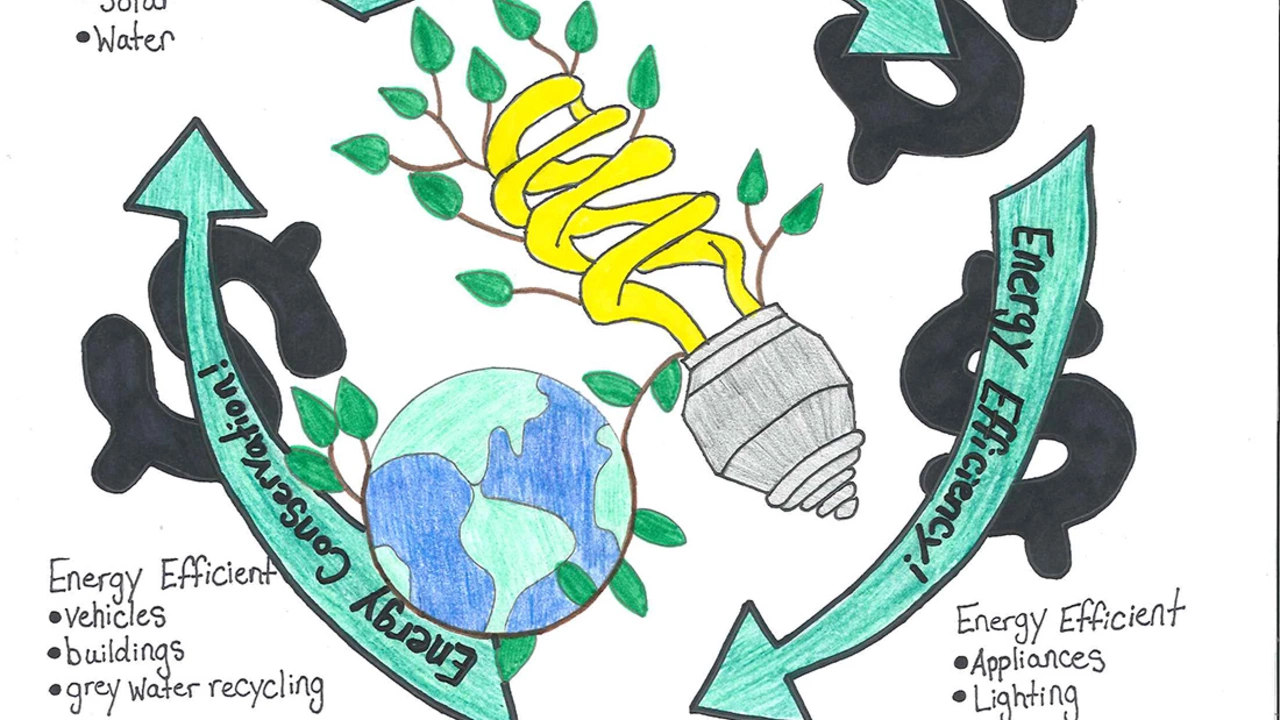Swim Stroke Basics: How to Perfect Your Technique
If you want to get better in the pool, start with the fundamentals of each swim stroke. Whether you’re a beginner or a regular who wants a tweak, understanding how your body moves in water will shave seconds off your time and make workouts feel smoother. Below you’ll find quick, practical pointers for the four main strokes, plus a short guide on choosing the right one for your goals.
Freestyle (Front Crawl) – Speed Made Simple
Freestyle is the go‑to stroke for most swimmers because it’s the fastest and most efficient. Keep your body flat and rotate gently from hips to shoulders; this rotation helps pull more water with each arm pull. Your hands should enter the water thumb‑first, extend fully, then pull in an ‘S’ shape under your chest. Kick from the hips, not the knees, and keep the kick narrow – too big a splash wastes energy. Breathe every two or three strokes, turning your head just enough to sip air while keeping one eye in the water.
Backstroke – Glide on Your Back
Backstroke feels natural once you get the rhythm right. Lie flat, keep your hips high, and let your shoulders roll slightly with each arm movement. Your arms move in a circular motion: straight up out of the water, then pull down the side of your body, pushing water towards your feet. Keep your fingertips slightly together for a clean pull. The kick is similar to freestyle – small, quick flicks from the hips. Keep your head still, eyes looking up, and turn your chin slightly to the side to breathe without breaking form.
Breaststroke is the most technical of the four strokes but it’s also the most relaxing. Your arms move simultaneously in a heart‑shaped pattern: push forward, sweep outwards, then bring hands together under your chest. The kick is a frog kick – bend knees, turn feet outward, then snap them straight while pushing water backwards. Time is everything: pull, breathe, kick, glide. The glide phase lets you recover and saves energy, especially in longer swims.
Butterfly looks flashy, but the key is a strong, rhythmic dolphin kick. Both legs move together, whipping up from the hips. Your arms pull simultaneously: scoop water from in front, pull under your chest, and then recover over the water. Keep the pull tight and avoid crossing the midline to stay balanced. Breathe forward as you lift your head during the recovery phase, then drop back down to stay low in the water. Practice a 2‑kick, 1‑stroke rhythm at first – it builds power without exhausting you.
Choosing the right stroke depends on your fitness, goals, and what feels comfortable. For speed and cardio, freestyle and butterfly are top picks. Backstroke offers a nice balance of speed and low impact, ideal for recovery days. Breaststroke is great for endurance and building a strong kick without overworking the shoulders. Mix them up in a single workout to keep muscles guessing and improve overall technique.
Quick tip: record yourself from the side of the pool and watch the playback. Small tweaks you see – like a higher elbow on freestyle or a tighter kick on backstroke – can make a big difference. Consistency beats occasional intense sessions, so aim for short, focused practice on one stroke each time you hit the lane.
Remember, perfecting a swim stroke isn’t about mastering every detail in one go. It’s about steady improvement, listening to how your body feels, and making tiny adjustments each week. Keep the advice simple, stay patient, and you’ll notice smoother, faster swims before you know it.
